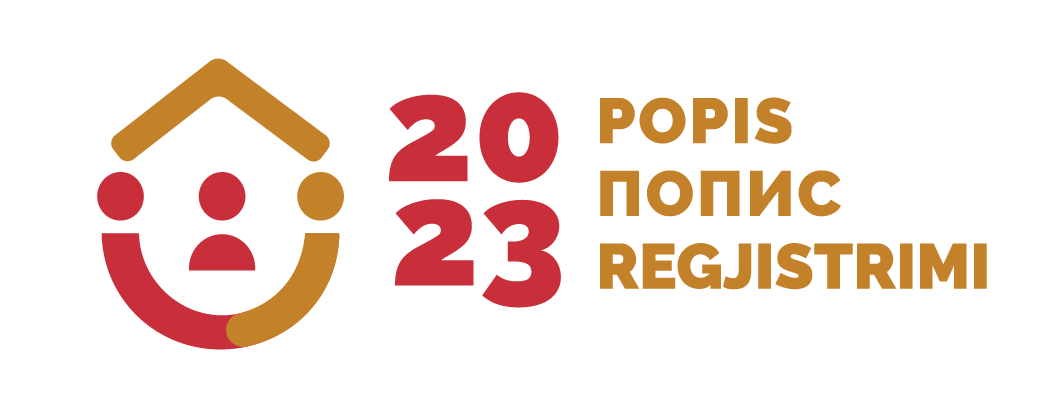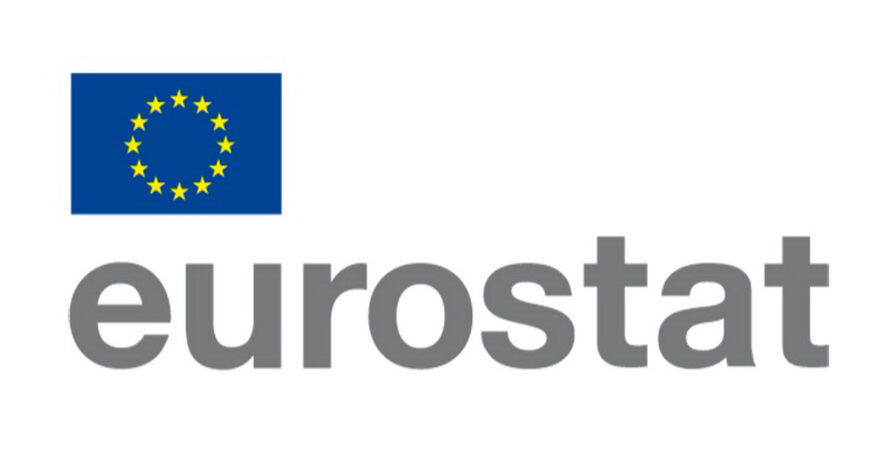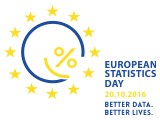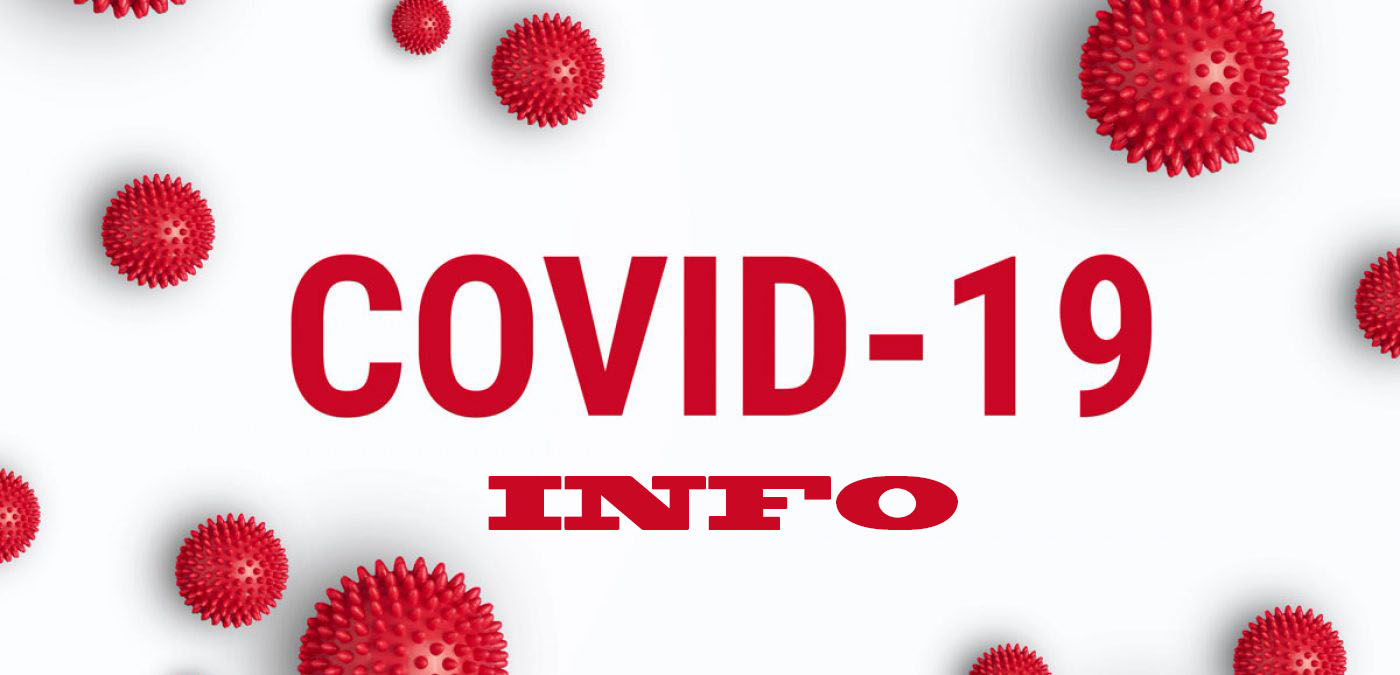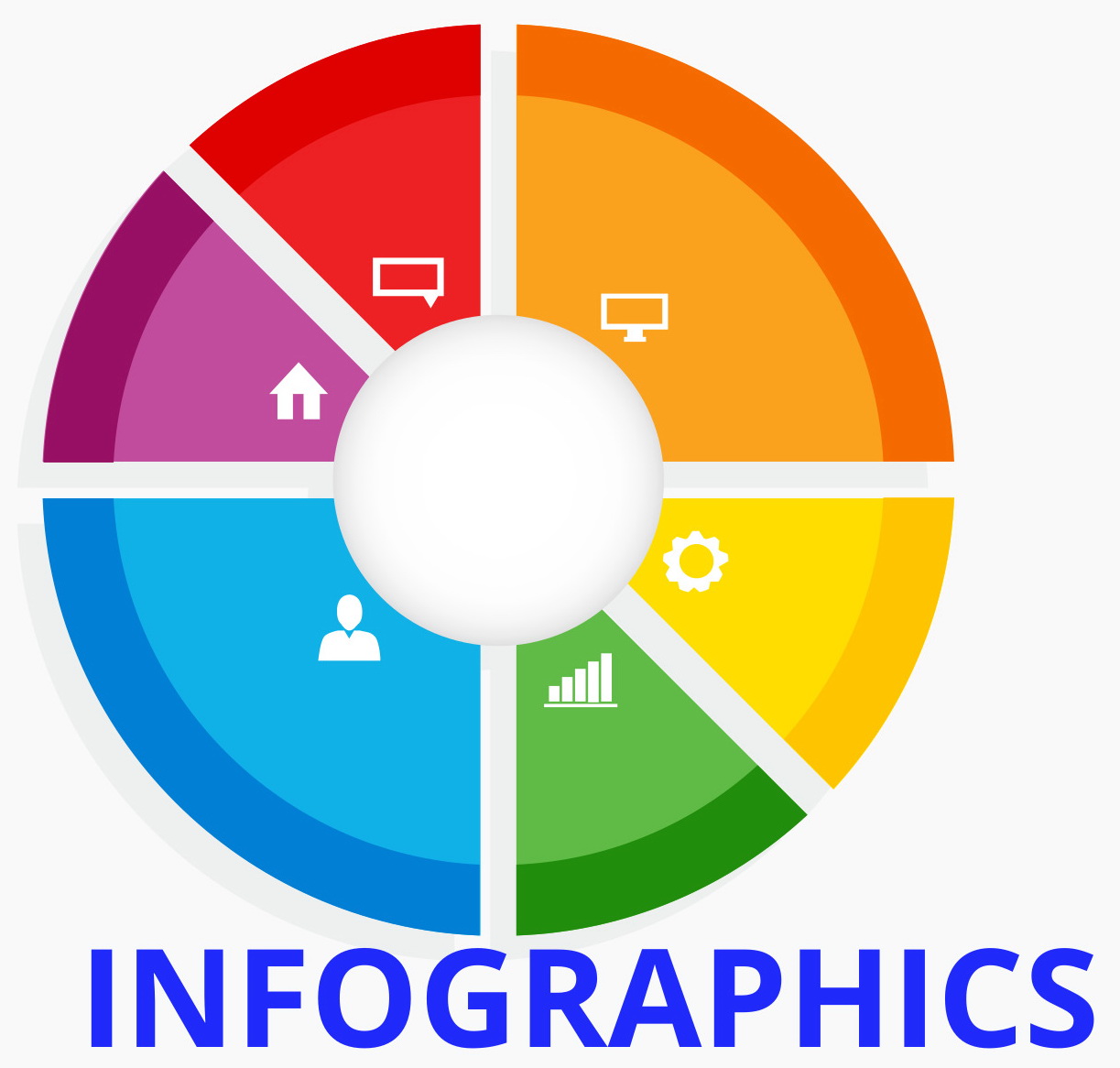| Category: | Multi - domain statistics |
| Area: | Information society |
| Survey / data collection: | Use of information-communication technology in enterprises |
| MONSTAT metadata |
|---|
| Reference metadata |
| 1. Contact |
| 2. Metadata update |
| 3. Statistical presentation |
| 4. Unit of measure |
| 5. Reference period |
| 6. Institutional mandate |
| 7. Confidentiality |
| 8. Release policy |
| 9. Frequency of dissemination |
| 10. Accessibility and clarity |
| 11. Quality management |
| 12. Relevance |
| 13. Accuracy and reliability |
| 14. Timeliness and punctuality |
| 15. Coherence and Comparability |
| 17. Data revision |
| 18. Statistical processing |
| 19. Comment |
Note: For any question on metadata, please contact MONSTAT metadata support.
| 1. Contact Vrh | |
| 1.1. Contact organization: | Statistical Office of Montenegro - MONSTAT |
| 1.2. Contact organization unit: | Statistics of Innovation, Household Consumption and ICT Survey Department |
| 1.2. Contact organization unit: | IV Proleterske 2, 81000 Podgorica, Montenegro |
| 2. Metadata update Top | |
| 2.1. Metadata last certified: | 01/12/2022 |
| 2.2. Metadata last posted: | 29 December 2023 |
| 2.3. Metadata last update: | 01/12/20222 |
| 3. Statistical presentation Top | |
| 3.1. Data description: | The main objective of the survey on the use of information and communication technologies in enterprises is to collect information from enterprises about the following characteristics: - ICT systems and their use in enterprises, - use of the Internet and other electronic networks by enterprises, - e-commerce, - e-business and organizational aspects, - the use of ICT by information and services exchanges with public administration (e-government), - ICT skills in enterprises and the need for ICT skills, - barriers to the use of ICT, the Internet and others electronic networks, e-commerce and e-business processes, - ICT costs and investments, - ICT security, security and protection, - use of ICTs and their environmental impact, - access and use of the Internet and other network technologies to connect objects and devices, - access and use technologies that allow you to connect to the Internet or other networks from anywhere at any time. |
| 3.2. Classification system: | NACE Rev. 2 |
| 3.3. Sector coverage: | ICT usage in enterprises classified in the following sectors: Section C - "Manufacturing"; Section D, E - "Electricity, gas and steam and air conditioning supply, water supply, sewerage, waste management and remediation activities"; Section F - "Construction"; Section G - "Wholesale and retail trade, repair of motor vehicles and motorcycles"; Section H - "Transportationt and storage"; Section I - "Accommodation and food service activities"; Section J - "Information and communication"; Section L - "Real estate activities"; Divisions 69-74 -"Professional, scientific and technical activities, except veterinary activities"; Section N - "Administrative and support activities"; Group 95.1 - "Repair of computers and communication equipment"; |
| 3.4. Statistical concepts and definitions: | GPRS standard for data transmission in mobile telephony is a transition to the 3G standard. GPRS allows faster data transfer, compared with the classical standard, but not so fast as in 3G. Handheld computer - PDA (manual a computer) is a computer that can be used while holding and keeps in a small bag, or for example in your pocket. The personal digital assistants (PDAs) are another term for the hand PC. PDA uses a pen instead of a keyboard. Some PDAs can also be used for mobile telephony, ie. these PDA devices can be used for mobile phone, as well as for hand-held computer. DSL (Digital Subscriber Line) is the designation for a technology that transports data at high speeds (eg. Equal to or greater than 144 kbit / s) over existing copper networks. DSL technology is a type of Internet connection that is significantly faster than dial-up and therefore indicates as broadband. Importantly DSL technologies include: ADSL: This term is used for DSL which is given greater bandwidth for download from uploading (Asimmetric DSL). SHDSL: The same speed download and upload (simmetrico DSL). Cable Internet: This technology enables high-speed Internet access through cable television networks or cable systems. As DSL technology, data is transferred over existing copper networks. The third generation (3G) mobile technology enables greater access speed compared to GPRS. Tablet is computer with a touch screen, for example. Apple, iPad, Touch Screen PC. Speed of data transfer via the mobile phone is still limited, whereby the second generation (2G) mobile technology, such as GPRS (General Packet Radio Service), a low-capacity speed compared to 3G.Frame Relay is a standardized wide area network technology that defines the physical and logical connection of layers of digital telecommunication channels, using switching methodology. UMTS is a third generation (3G) mobile technology for networks based on the GSM standard. CDMA200 belongs 3G mobile technology standards. It uses CDMA channel access for sending voice, data and signaling data between mobile phones and mobile sites. HSDPA is a communication protocol used in mobile networks third generations as part of the HSPA family of communication protocols that networks based on UMTS technology enables an increase in the flow rate data and network resources. GSM - Global System for Mobile Communications is the most widely used standard for mobile phones. EDGE - the goal of technology is to increase the transmission speed and capacity of the system and allow the new applications. |
| 3.5. Statistical unit: | Enterprises that have 10 or more persons employed from certain sectors according to NACE Rev. 2. |
| 3.6. Statistical population: | The sampling frame is based on the data from the Business Register of the Statistical Office of Montenegro, which includes all enterprises from certain sectors according to the NACE Rev. 2 classification that have 10 or more persons employed. |
| 3.7. Reference area: | Montenegro |
| 3.8. Time coverage: | From 2011 |
| 3.9. Base period: | Not relevant. |
| 4. Unit of measure Top | |
| The unit of measurement in the survey are percentages (%). | |
| 5. Reference period Top | |
| Annually. | |
| 6. Institutional mandate Top | |
| 6.1. Legal acts and other agreements: | The Law on Official Statistics and Official Statistical System (Official Gazette of Montenegro No 18/12 and 47/19) defines provisions for collection, processing, and dissemination of data. The Law provides to the Statistical Office legal powers to collect and access the data necessary for the implementation of Programme and Annual Plan. The Law gives a priority to the use of administrative data and right of access to individual data that are a result of survey of other official statistical producers. As an annex to legal provisions, Statistical Office has signed several memoranda on cooperation with administrative data providers. |
| 6.2. Data sharing: | Signed agreement on cooperation with the official statistical producers: 1. Customs Administration 2. Tax Administration 3. Ministry of Finance 4. Central Bank of Montenegro 5. Trilateral agreement (MONSTAT, Ministry of Finance, and Central Bank of Montenegro) International institutions: 1. EUROSTAT 2. UN organizations 3. IMF 4. World Bank |
| 7. Confidentiality Top | |
| 7.1. Confidentiality - policy: | Articles 53-60 of the Law on Official Statistics and Official Statistical System (Official Gazette of Montenegro No 18/12 and 47/19) provide a framework for protection, use, and transmission of confidential data. MONSTAT has produced two comprehensive rulebooks that cover the procedures for individual data protection as well as keeping individual records. With purpose of the meeting legal framework on functioning of security system and statistical confidentiality there was adopted the Rulebook on Keeping Statistical Data by which Manner, Time, Technical Conditions and Organization of Statistical Data Storage to Prevent Their Destroying, Misappropriation, and Unauthorized Use is Regulated as well as the Rulebook on Contents and Manner of Keeping Records on Users of Individual Statistical Data by which contents and manner of keeping records on users of individual statistical data is regular. Pursuant to the Article 59, an access to the confidential data is limited to persons performing duties and tasks of official statistical producer and up to the stage the data are necessary for official statistical production. Persons that performs duties and tasks within official statistical producers must sign the statement on respecting the principle of confidentiality. Law on Official Statistics and Official Statistical System is aligned with the Regulation No 223/2009 and the Regulation (EU) 2015/759 from 29 April 2015 that also regulate confidentiality provisions. The Government of Montenegro adopted the Statement on Commitment of Confidence in Official Statistics (Commitment of Confidence). |
| 7.2. Confidentiality - data treatment: | Data are published as aggregate at the level of municipality as lowest level. The rules for accessing micro data are defined by Law on Official Statistics and Official Statistical System of Montenegro, Articles 58 and 59. |
| 8. Release policy Top | |
| 8.1. Release calendar: | The Law on Official Statistics and Official Statistical System (Official Gazette of Montenegro No 18/12 and 47/19) stipulates that official statistical producers prepare, update, and publish Statistical Release Calendar. It is published on the website of Statistical Office not later than 20 December for the next year, for all official statistical producers that includes date of releasing statistical data. Any change in date of releasing in the Calendar is published in advance in accordance with the Procedure on Unplanned Revisions. |
| 8.2. Release calendar - access: | http://www.monstat.org/eng/page.php?id=12&pageid=12 |
| 8.3. User access: | General aim of official statistical producer is to meet the needs of users, and to make an access to statistical data to users in an understandable manner, simultaneously and under the same conditions. Statistical Office is obliged to produce and disseminate official statistics in objective, transparent and professional manner, so that all users are equally treated. |
| 9. Frequency of dissemination Top | |
| Data are published annually. | |
| 10. Accessibility and clarity Top | |
| 10.1. News release: | Releases are published annually and are available at following links: https://www.monstat.org/eng/page.php?id=1667&pageid=1663 |
| 10.2. Publications: | Statistical Office publishes the following regular publications: 1. Statistical Yearbook 2. Montenegro in Figures All publication published by Statistical Office are available at the following link: http://monstat.org/eng/publikacije.php |
| 10.3. Online database: | Not available. |
| 10.4. Micro-data access: | The Law on Official Statistics and Official Statistical System (Official Gazette of Montenegro No 18/12 and 47/19) regulates rules under which external users can obtain an access to individual data for needs of research. Article 58 defines types of scientific and research organizations that can obtain such data. Providing individual data without identifier is possible only upon a written request of scientific and research institutions, with purpose of performing scientific and research activities as well as international statistical organizations and statistical producers from other countries. Research entity signs the agreement with Statistical Office, and it signs the statement on respecting the confidentiality principle. Official statistical producers keeps a separate records on users and purpose of using the statistical data given to these users. |
| 10.5. Other: | Not available. |
| 10.6. Documentation on methodology: domain: | The methodology of Eurostat is used for conducting survey Methodological manual for statistics on the Information Society and Regulation (EU) No 2019/2152 |
| 10.7. Quality documentation: | The Law on Official Statistics and the Official Statistical System ("Official Gazette of Montenegro" No. 18/12 and 47/19) defines the commitment to quality, which ensures that producers of official statistics in Montenegro work and cooperate in accordance with international principles of quality of the statistical system. In accordance with the ESS Quality Declaration, Article 338 of the Treaty on the Functioning of the EU, Regulations 759/2015 and 223/2009 and the European Statistics Code of Practice, the following documents are adopted: 1. Quality Strategy of the Statistical Office 2. Guide for the implementation of the Quality Strategy in the Statistical Office; 3. Implementation plan |
| 11. Quality management Top | |
| 11.1. Quality assurance: | Statistical Office has chosen the implementation of elements of TQM (Total Quality Management) model that foster development and improvement of functioning of: - institution, - official statistical result production, and - individual. Within middle-term deadline, Statistical Office has chosen the TQM implementation through the following objectives: 1. Strong commitment to users and other interested parties, 2. Quality statistical processes and products, 3. Professional orientation of staff members, 4. Constant improvements, 5. Reduction of overburden of reporting units. |
| 11.2. Quality assesment: | Not available. |
| 12. Relevance Top | |
| 12.1. User needs: | International users: - Eurostat - World Bank - UN organizations - International Monetary Fund National users: - Ministries and other public administration bodies - Local government and other local government bodies - Central bank - Non-governmental organizations - Students - Researchers - Media |
| 12.2. User satisfaction: | The Statistical Office has adopted the Quality Management Strategy, the Guidebook to the Implementation of the Quality Management Strategy, as well as the Plan for the Implementation of the Quality Policy. In order to measure the degree to which fulfills obligations towards users and within the new quality policy, the Statistical Office conducted User satisfaction survey. The results of the survey are available on the Statistical Office website, link: http://monstat.org/uploads/files/2.%20Izvjestaj%20o%20zadovoljstvu%20korisnika%20ENG%20(Autosaved).pdf |
| 12.3. Completeness: | Collected data are in accordance with the methodological manual for ICT usage surveys, which is defined by EU and Eurostat. |
| 13. Accuracy and reliability Top | |
| 13.1. Overall accuracy: | In ICT usage surveys results are based on the sample of population they are subject to the usual types of errors associated with sampling techniques and interviews, such as sampling errors, non-sampling errors, measurement errors, processing errors, and non-response. |
| 13.2. Sampling error: | Sample errors occur due to the analysis of the sample of a part of population. Sample error size may be controlled by the size and design of the sample. Significan sample errors may lead to the unreliable data when related to some smaller domains (levels or data groups) that have insufficient number of units in the sample. |
| 13.3. Non-sampling error: | Non sampling errors are following: over-coverage, under-coverage, measurement errors, processing errors, editing, imputation, and non-response errors. |
| 14. Timeliness and punctuality Top | |
| 14.1. Timeliness: | The final data are published 7 months after the end of the reference period. Timeliness of final data: T + 7 months after the end of the reference period. The data are published in accordance with Statistical Release Calendar (7 months after the end of the reference period). |
| 14.2. Punctuality: | The punctuality indicator represents the time difference between actual publication of the data and the planned publication of the data. Deadlines of dissemination of the ICT data at the website are defined in the Statistical Release Calendar. Indicator TP3 (punctuality) is 0, there is no difference between the planned and the actual publication. That means that the Release is published in accordance with Statistical Release Calendar. |
| 15. Coherence and Comparability Top | |
| 15.1. Comparability - geographical: | The data at the national level are comparable with countries that carry out the survey on the ICT usage according to the Eurostat methodology in accordance with the Regulation (EU) 2019/2152 and regulations of the European Commission which change depending on the year of survey. |
| 15.2. Comparability over time: | The data from ICT usage survey in enterprises are comparable in the period from 2011 to 2021. |
| 15.3. Coherence - cross domain: | Not available. |
| 15.4. Coherence - internal: | Not available. |
| 17. Data revision Top | |
| 17.1. Data revision - policy: | Statistical Office has adopted the revision policy and it is available on the website http://www.monstat.org/eng/page.php?id=1411&pageid=1411 |
| 17.2. Data revision - practice: | Published data are considered final except in the case of methodological changes and the introduction of new classifications, as a result which are subject to revision. |
| 18. Statistical processing Top | |
| 18.1. Source data: | Survey on the use of information and communication technologies in enterprises is a sample-based survey. The annual sample is 643 enterprises. |
| 18.2. Frequency of data collection: | Annual. |
| 18.3. Data collection: | Telephone interview (CATI data collection method). |
| 18.6. Adjustment: | The survey is done in accordance with the Eurostat methodology and is in line with international standards. As for the adjustment of national needs, there is no harmonization, because from this study received a wide range of answers and information that meet the national interests. |
| 19. Comment Top | |
